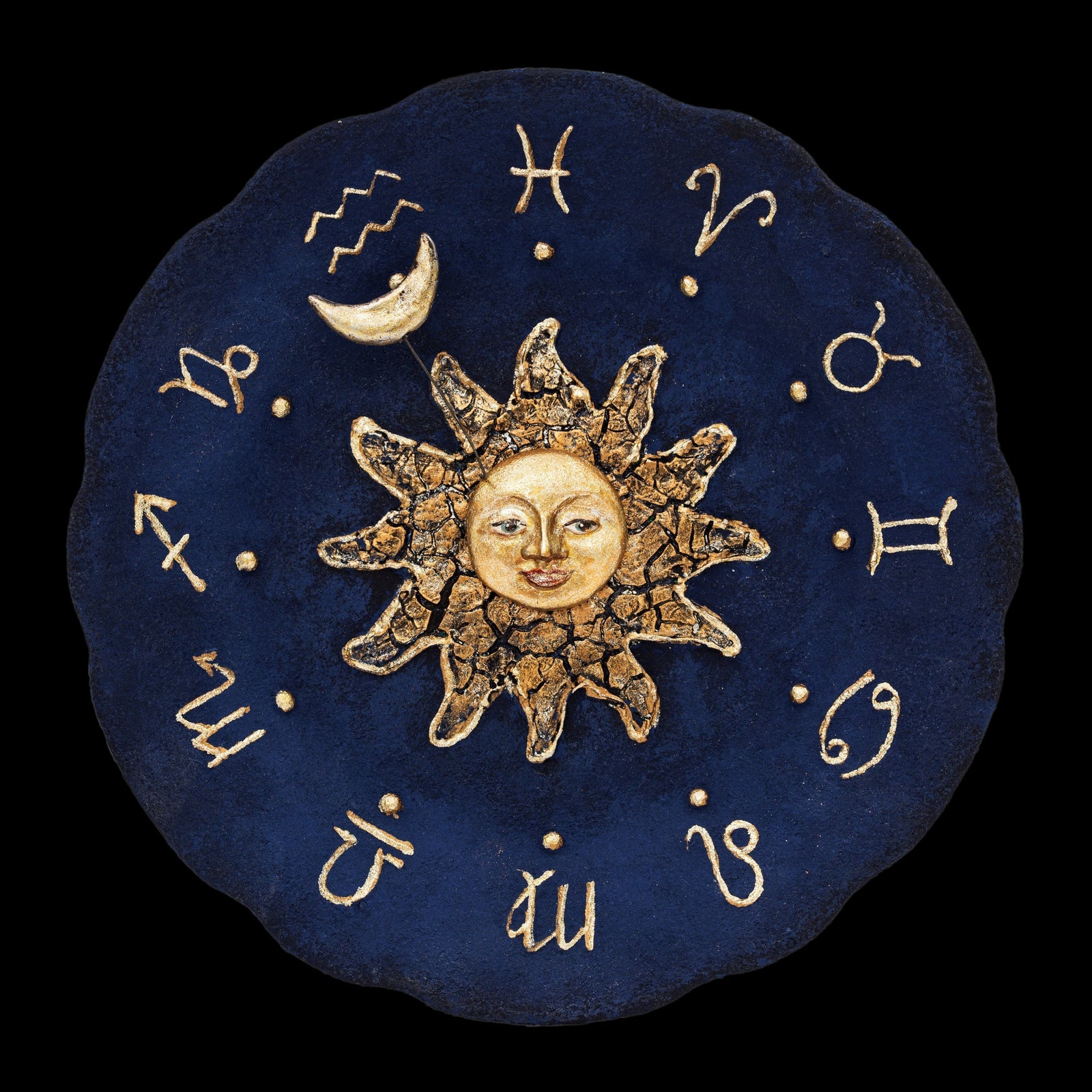
Holy week leading up to Easter is the crux of the Christian Religion, but did you know it is one of the most historically depicted and celebrated events throughout the history of art? Particularly the crucifixion of Christ – remembered today on Good Friday – is one of the most painted and sculpted events in world history. No matter your religious views, the events of this week can be remembered for their artistic significance.
One important aspect of art is to seek and capture beauty and emotional power through representation of events, and artists from Russia to Europe and throughout the world seek to depict the importance of the events of Holy Week. I have put together the basic story of Holy Week through famous works of art below. When studying the intricate details of the following masterpieces, it is easy to get lost in the rich symbolism. The artists capture more than just a snapshot in time, as every facet is arranged to highlight significant details of the Christian tradition. An incredible undertaking mastered by these titans of the art world. The following list of artists and their works is by no means comprehensive, as I just wanted to give a glimpse into some very recognizable names and their masterpieces. Many of the following artists have many paintings, sculptures, etc depicting the events of this week, but I only included one from each artist. You can click on any of the painting titles to view the work.
“Palm Sunday” is the name given to the day a week before Easter, when Jesus entered Jerusalem on the back of a donkey to enthusiastic crowds who lauded him by waving palm branches and laying them down in front of Him as a pathway. Flemish Baroque artist Anthony Van Dyck’s (1599-1614) painting “Entry of Christ to Jerusalem” is one of many that depicts the event.
“Holy Thursday” is the day in Christianity when Jesus met with His 12 disciples, washed their feet, and celebrated His last supper. The most famous painting depicting this event comes from Italian artist Leonardo DaVinci (1425-1519) with his “Last Supper.”
“Good Friday” is a pivotal day for Christians as it commemorates the capture, trial, crucifixion, and burial of Jesus. There are thousands of artistic works depicting the events of this day, but some of the most recognizable begin with Italian artist Caravaggio’s (1571-1610) “Taking of Christ,” which shows the betrayal by Judas. Following the capture, we can look at Dutch painter Gerrit van Honthorst’s (1592-1656) painting of “Christ before the High Priest,” where He was accused of blasphemy. Christ was then taken before Pilate and Caiaphas for His fate to be decided. Italian sculptor Donatello’s (1386-1466) masterpiece “Christ before Pilate and Caiaphas” shows this event. Russian artist Nikolai Ge’s (1831-1894) work “Quod est Veritas” details the meeting of Christ and Pilate. After appearing before the High Priest, Pilate, and Caiphas, French artist William Bouguereau’s (1825-1905) painting “Flagellation of Christ” depicts the initial torture that was handed down. Judas realized the gravity of his betrayal of Jesus, and Dutch painter Rembrandt (1606-1669) shows “Repentant Judas returning the pieces of Silver.”
The next step in Christ’s punishment was His crucifixion. Countless artists have painted the crucifixion of Jesus, but I will only mention a couple. Belgium artist Peter Paul Rubens (1577-1640) with “Raising of the Cross,” Italian artist Raphael’s (1483-1520) “Crucifixion,” and Italian painter, engraver and sculptor Andrea Mantegna’s (1431-1506) “Crucifixion.” The crucifixion killed Jesus, as illustrated with Italian artist Giovanni Bellini’s (1430-1516) “The Dead Christ Supported by Two Angels.” Christ’s body was removed from the cross, as painted by German artist Albrecht Durer (1471-1528) in “The Lamentation.” Italian sculptor and artist Michelangelo’s (1475-1564) chiseled out a masterwork of Mary (Christ’s mother) holding His body after the crucifixion in “Pieta.” English artist Lord Frederick Leighton (1830-1896) created a visual masterpiece of “Joseph of Arimathea,” the man who donated his own tomb for Christ and placed him there to rest. There are powerful supernatural events described immediately following Christ’s death, and artists created works to depict what could not be seen. For example, Italian painter Jacopo Tintoretto (1518-1594) interpreted Christ’s “Descent into Hell.”
“Easter Sunday” is celebrated by Christians, as it commemorates the resurrection of Christ from the tomb. French artist William Bouguereau’s (1825-1905) painting “Le Saintes Femmes au Tombeau” depicts the three Marys at the tomb following the resurrection, and Greek artist El Greco’s (1541-1614) “Resurrection” shows the supernatural event.
Even if you are not an art historian, I imagine you recognized many of the aforementioned artist’s names and even their works. So, even if you do not share in my Christian faith, I encourage you to appreciate the beautiful artwork and significance of this week from an art history perspective.
PS: Personal-Prints.com includes a growing collection of personalized masterpieces from art history. Enjoy this new and growing collection of historical works painted by the masters from the 1800's and early 1900's. Each is published as a canvas giclee, holding the highest standards to preserve the beauty, colors and detail of the originals. Personalizations have been added to these timeless works in a way that maintains the integrity of the art and adds an emotional personal touch for your home. Click here to shop this collection.




Leave a comment (all fields required)